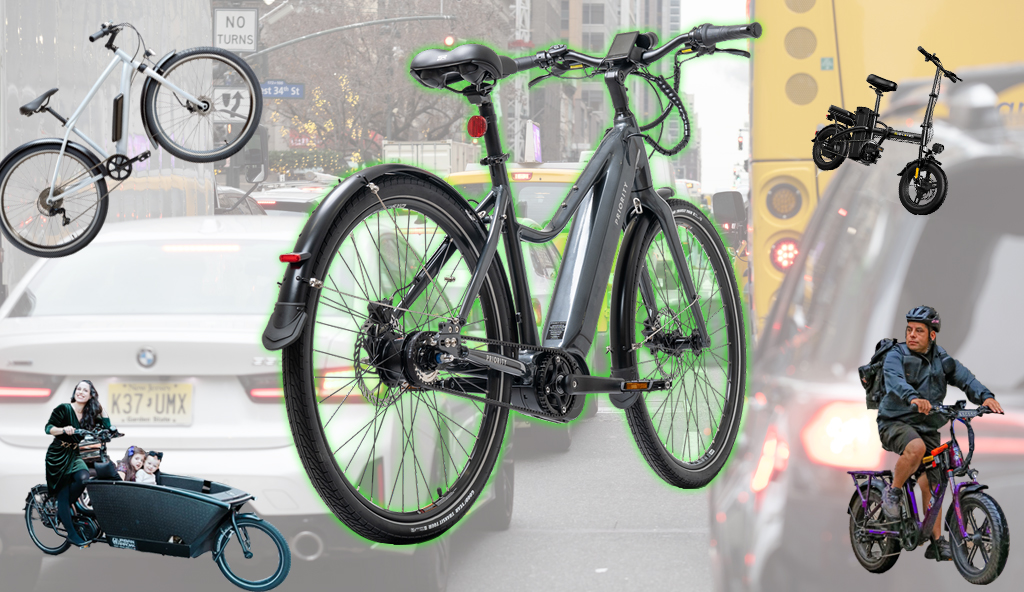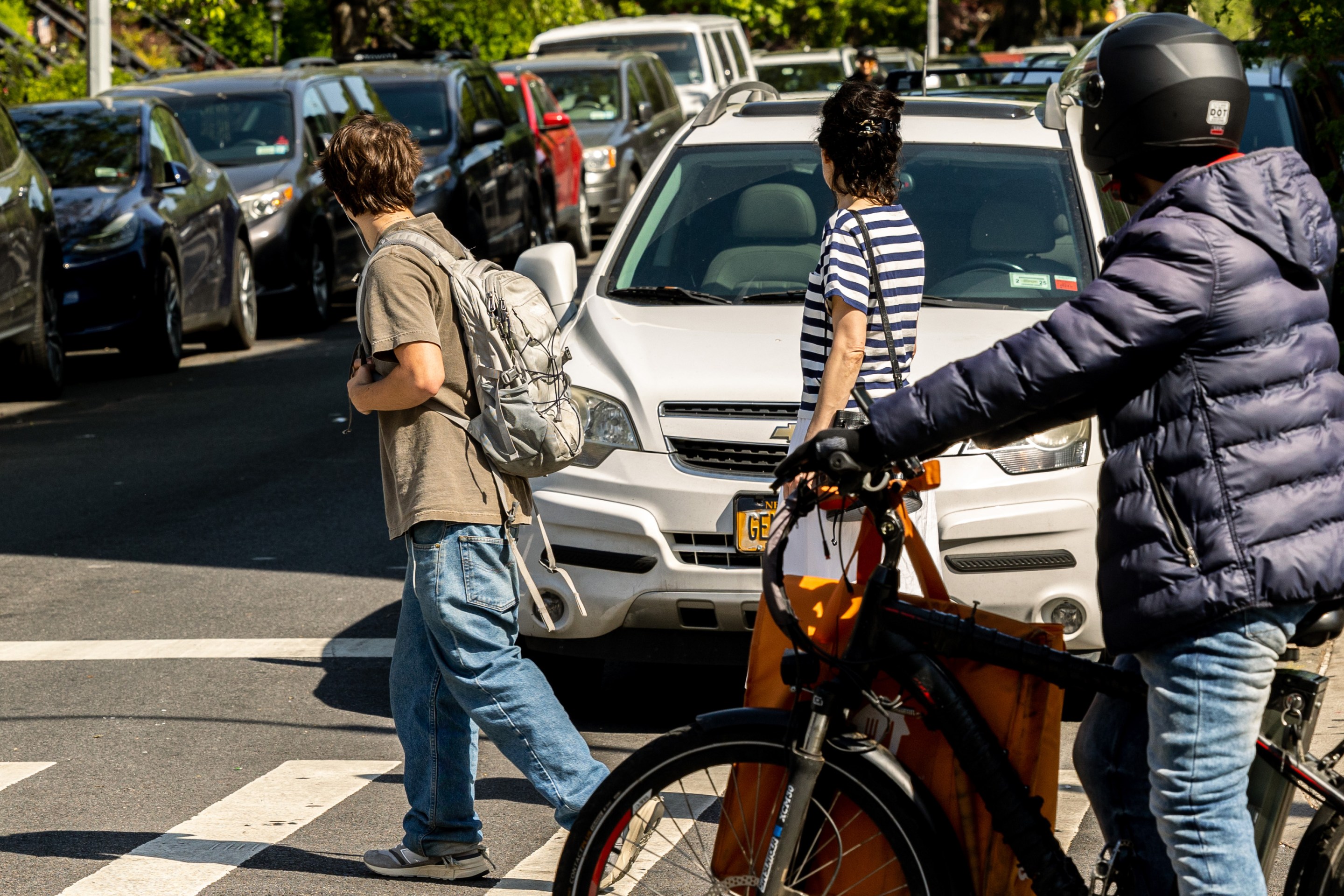The urgency for state leadership is at an all-time high as chaos at the federal level threatens America’s climate and economic resilience. The Biden administration’s legislative victories — the Inflation Reduction Act and the Infrastructure Investment and Jobs Act, for instance — promised to supercharge the transition to clean energy and build a more equitable economy, but Congress and the Trump administration are unraveling those gains.
Amid rising costs and economic instability, the promise of a cleaner, more affordable future is slipping further away.
Now is the moment for New York State legislators to step up and enact bold policies that cushion New Yorkers' economic stress and advance critical environmental goals. Luckily, one policy with proven success and enormous potential is right before us: the Ride Clean Rebate. This purchase incentive for electric bikes (it's S1047 this session) would offer a low-cost alternative to car ownership, expand access to jobs and education, and significantly reduce greenhouse gas emissions.
If this incentive sounds familiar, that’s because it’s modeled after New York’s Drive Clean Rebate — an incentive that has helped more than 193,000 New Yorkers buy electric cars since 2017. The popularity of this rebate has reached virtually every corner of the state, leading to significant greenhouse gas savings of more than 465,000 metric tons — the equivalent of 52 million gallons of gasoline. Just last month, Gov. Hochul funneled an additional $30 million into the Drive Clean Rebate, stating that such investments “are key to building a cleaner future, lowering emissions and creating good-paying jobs.”
The program's success shows that launching a similar rebate for e-bikes is a no-brainer, especially given the many ways a Ride Clean Rebate would complement New York’s existing electrification efforts, all at a fraction of the cost of electric car subsidies. For the price of one EV rebate, New York could subsidize 10 or more e-bikes, each replacing car trips and reducing traffic congestion and emissions. The rebate program can also include support for used e-bikes, further driving down costs and increasing access, especially in low-income communities. Additionally, e-bike programs require no new construction and minimal red tape, and offer a nearly instant return on investment — a stark contrast from EV infrastructure projects, which take years to complete.
These kinds of subsidies are working elsewhere. In Denver, a local rebate program has barely been able to keep up with demand since its 2022 launch, with monthly rebate drops selling out in mere minutes “like Taylor Swift fans flooding Ticketmaster,” one official wrote in a progress report. The city says the program, which has issued nearly 10,000 rebates in the last three years, has displaced about four million vehicle miles and eliminates over 1,440 tons of greenhouse gas emissions annually. The popularity of the rebate has even inspired a statewide e-bike tax credit program, which gives Coloradans a $450 tax credit each year to purchase an e-bike at a participating retailer.
Other states have followed. For instance, the California E-Bike Incentive Project is targeted at reducing car dependency and related air pollutants in environmental justice communities. In Hawaii, a bipartisan rebate program was designed to give residents a break from high transportation costs. And in Washington State, the “WE-bike” instant rebate program is touted for contributing to local job creation and improved public health.
In each case, these common-sense incentives have earned broad public support, and it’s time for New York to reap the same benefits as its peers with e-bike rebate programs. The Ride Clean Rebate would help families across New York save money, access opportunity, and breathe cleaner air. And it would grow the economy by supporting ancillary businesses and creating jobs in bike shops, manufacturing, and local logistics.
Gov. Hochul and state legislators: pass the Ride Clean Rebate this session — and show that you understand what real climate and economic leadership looks like.






